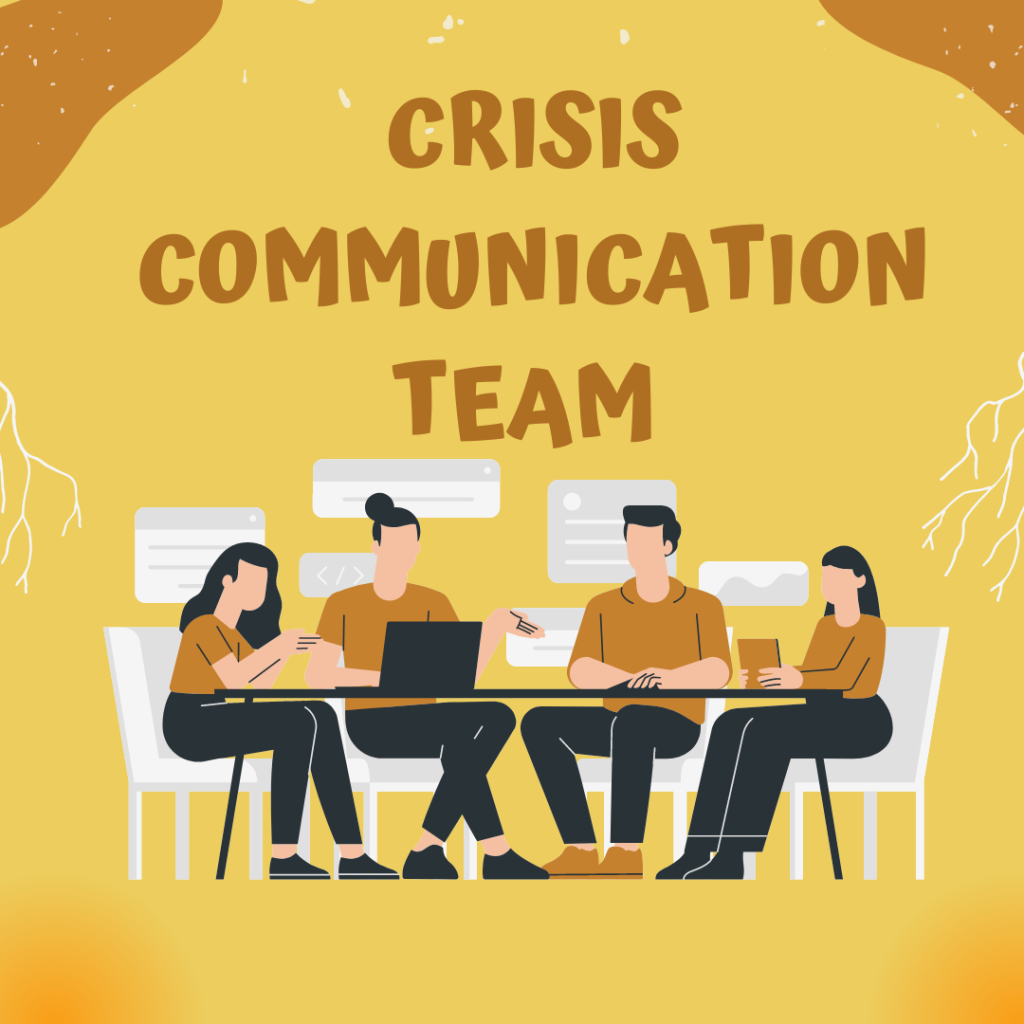In times of crisis, effective communication is crucial for managing the situation, maintaining public trust, and ensuring a swift resolution. Whether you’re handling a corporate emergency, a natural disaster, or a personal crisis, understanding the principles of crisis communication can make all the difference. This guide explores essential strategies for communicating effectively in crisis situations.
Understanding Crisis Communication
What is Crisis Communication?
Crisis communication involves the strategies and practices used to convey information during a crisis. The goal is to provide accurate, timely, and transparent information to stakeholders, mitigate damage, and preserve the organization’s reputation. Effective crisis communication helps manage the narrative, reduces confusion, and fosters trust among affected parties.
The Importance of Crisis Communication
In a crisis, the speed and clarity of communication are vital. Poor communication can lead to misinformation, panic, and further damage. Conversely, clear and consistent messaging can:
- Control the Narrative: Set the tone and direction of the story.
- Build Trust: Demonstrate competence and reliability.
- Provide Reassurance: Offer stability and support.
- Guide Actions: Inform stakeholders about necessary actions.
Key Principles of Effective Crisis Communication
1. Be Transparent and Honest
Honesty and transparency are critical in crisis communication. Stakeholders need accurate information to make informed decisions. Withholding information or providing misleading updates can erode trust and complicate the situation. Ensure that your messaging reflects the truth and acknowledges the severity of the crisis.
2. Communicate Quickly
In a crisis, time is of the essence. Delays in communication can exacerbate the situation and lead to speculation and misinformation. Develop a crisis communication plan that includes predefined protocols for quick and efficient dissemination of information. Aim to provide initial updates as soon as possible, even if all details are not yet available.

3. Maintain Consistency
Consistency in messaging helps prevent confusion and conflicting information. Ensure that all communication channels, including press releases, social media, and internal updates, convey the same message. Designate a single spokesperson to deliver information to avoid mixed signals and ensure that the message is coherent.
4. Show Empathy
Empathy is a crucial element of crisis communication. Acknowledge the impact of the crisis on affected individuals and communities. Express genuine concern and offer support. Showing empathy helps build rapport and demonstrates that you understand the situation from the stakeholders’ perspectives.
5. Provide Clear Instructions
In a crisis, people need clear guidance on what actions to take. Whether it’s evacuating an area, following safety protocols, or seeking support, ensure that your communication includes actionable instructions. Use simple, direct language and avoid technical jargon that could confuse the audience.
Strategies for Effective Crisis Communication
1. Develop a Crisis Communication Plan
A well-structured crisis communication plan is essential for managing emergencies. This plan should outline:
- Roles and Responsibilities: Define who will handle communications and who will be the designated spokesperson.
- Communication Channels: Identify the channels to be used for disseminating information, such as press releases, social media, and internal memos.
- Message Templates: Prepare templates for common crisis scenarios to ensure consistency and speed in communication.
2. Monitor and Respond to Feedback
During a crisis, actively monitor media coverage and social media to gauge public sentiment and identify emerging issues. Respond promptly to concerns and correct misinformation. Engaging with your audience and addressing their questions or concerns can help maintain trust and credibility.
3. Evaluate and Adapt
Crisis situations can evolve rapidly, so it’s important to be flexible and adapt your communication strategies as needed. Continuously assess the effectiveness of your messaging and adjust based on new developments or feedback. Regular updates help keep stakeholders informed and involved.
4. Post-Crisis Analysis
Once the crisis has been resolved, conduct a thorough review of your communication efforts. Analyze what worked well and identify areas for improvement. This analysis should include feedback from stakeholders, an evaluation of media coverage, and a review of your communication plan. Use these insights to enhance your crisis communication strategies for future emergencies.
Best Practices for Crisis Communication
1. Use Multiple Channels
Utilize various communication channels to reach a broader audience. This may include press conferences, social media, email alerts, and your organization’s website. Different channels can help ensure that your message reaches diverse stakeholders effectively.
2. Train Your Team
Prepare your team for crisis situations by providing training on crisis communication. This training should cover message delivery, media interactions, and handling difficult questions. Regular drills and simulations can help your team respond effectively under pressure.
3. Be Proactive
Anticipate potential crises and develop contingency plans. Proactive planning allows you to address issues before they escalate and ensures that you are prepared for various scenarios. Regularly update your crisis communication plan to reflect changes in your organization or industry.
4. Stay Informed
Keep up-to-date with industry trends and best practices in crisis communication. Continuous learning and adaptation will help you stay ahead of potential issues and improve your communication strategies over time.
Conclusion
Effective communication during a crisis is essential for managing the situation, maintaining trust, and ensuring a swift resolution. By adhering to the principles of transparency, consistency, empathy, and clarity, and by implementing strategic practices, you can navigate crises more effectively and safeguard your organization’s reputation. Remember, preparation and proactive planning are key to successful crisis communication.
Implement these strategies and principles to enhance your crisis communication efforts and better manage any emergencies that come your way.
To contact and know more about VBC Academy, feel free to click on this link: https://vbctraining.com.au/
